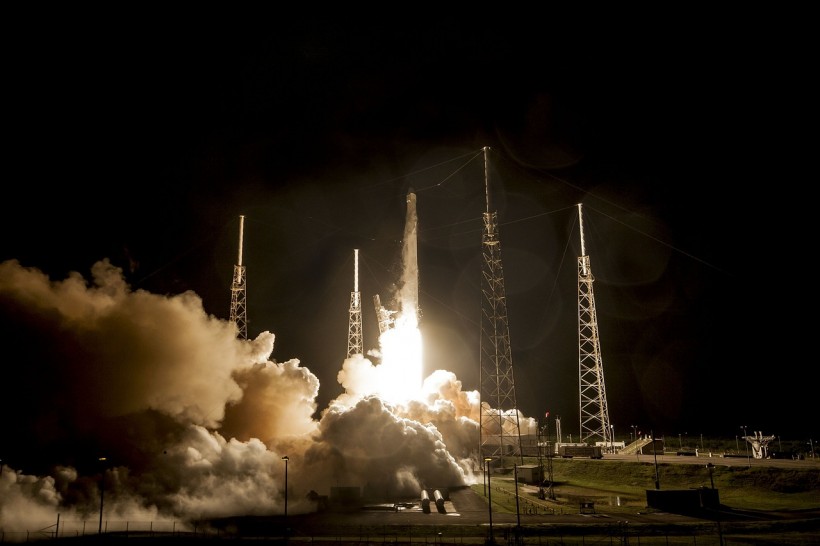The UAE Space Agency has revealed its plans to construct a spacecraft and deploy it to the main asteroid belt, which is known to house almost every known asteroid. To let the craft land over a rare red asteroid is part of the plan.
Emirates Mission to the Asteroid Belt (EMA)
Forbes reports that the Emirates Mission to the Asteroid Belt (EMA) will look into the solar system's building blocks and the potential for asteroids that are water-rich to become viable resources.
The mission's MRB Explorer is set to launch in 2028. It will spend seven years in space and embark on a journey that spans as far as five billion kilometers. It may be getting gravity assists around Earth, Mars, or Venus, before it gets to the first asteroid in February 2030.
The National News reports that the craft will examine seven asteroids. It will move past six different rocks and gather data along the way. Afterward, it will try to land over the seventh asteroid.
Sheikh Mohammed bin Rashid Al Maktoumbin Rashid Al Maktoum, the UAE's prime minister and vice president and Dubai's ruler, explains that they will never stop looking ahead and exerting effort to offer a better future for the generations that are younger.
Rare Red Asteroid
Four worlds dominate the Main Asteroid Belt. These are, namely, Hygiea, Pallas, Vesta, and Ceres. The mission, however, will specifically target the rare red asteroid known as (269) Justitia, which has a diameter of around 31 miles.
Space.com notes that the MRB Explorer may deploy a small lander to land over Justitia in 2034. This asteroid could have organic molecules, which are complex molecule building blocks that may facilitate life under the right conditions, covering its surface.
Overall, scientists are on the lookout for water and organic molecules across the solar system in order to get a better understanding of how life on Earth was fostered. Scientists think that this search could be meaningful in Justitia, as it was formed close to Earth and then moved to its current placement in the Main Asteroid Belt between Jupiter and Mars.
The mission will also cover flying by asteroids (623) Chimaera, (10254) Westerwald, (88055) 2000 VA28, (13294) Rockox, (59980) 1996 SG6, and (23871) 1998 RC76. The UAE Space Agency notes that these asteroids are meant to represent various asteroid classes that have different types of composition.
Per Space.com, the agency has announced that they will be using four scientific instruments to look into the asteroids' composition, geology, and structure. These instruments are a thermal infrared camera, a high-resolution camera, an infrared spectrometer, and a mid-wavelength spectrometer.
RELATED ARTICLE: Earth Has Three Times Higher Risk of an Asteroid Impact Than Previously Thought, NASA Warns
Check out more news and information on Space in Science Times.















